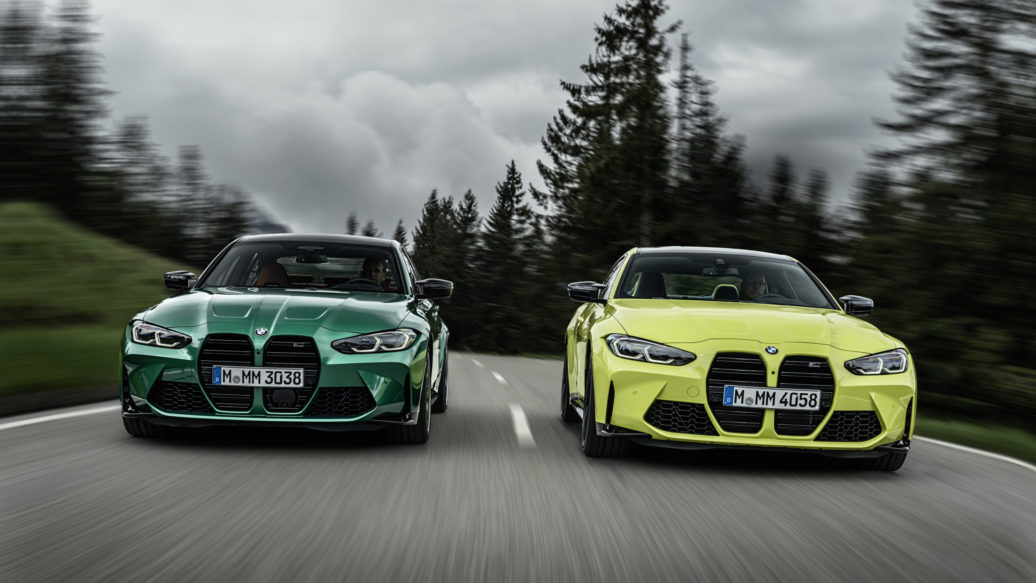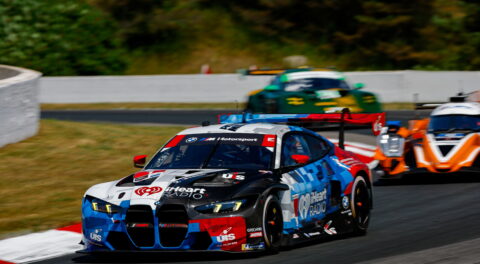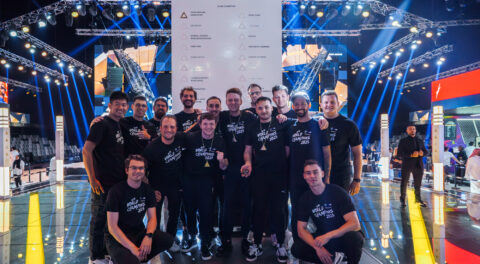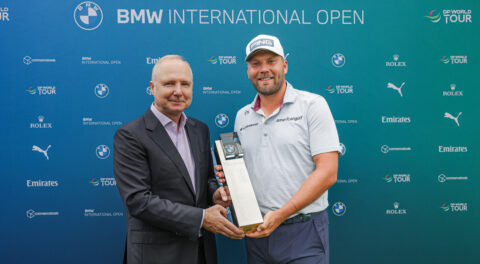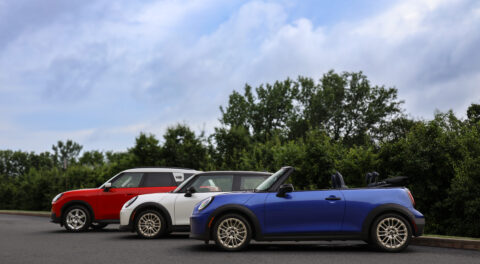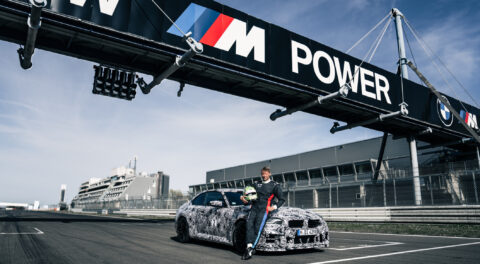We’re just one year removed from the 2019 Frankfurt Auto Show where BMW unveiled the Concept 4. You know the design; it’s since been brought to the real world as the face of the new 4 Series coupe, and now, an even more aggressive and pronounced version has found its way onto the front end of the new M3 and M4. But we’re not here spend time rehashing what you already know. Many of us rightly suspected BMW’s divisive new styling would be applied to the new generation of M cars, and here we are.
If you can get over the looks (or perhaps you don’t find them too bad to begin with), the M3 and M4 have quite a bit to offer in terms of performance capability, and drive a hard bargain in terms of pricing—by the way, both can be had with a six-speed manual transmission, something you can’t get from the competition (or with the Competition models).
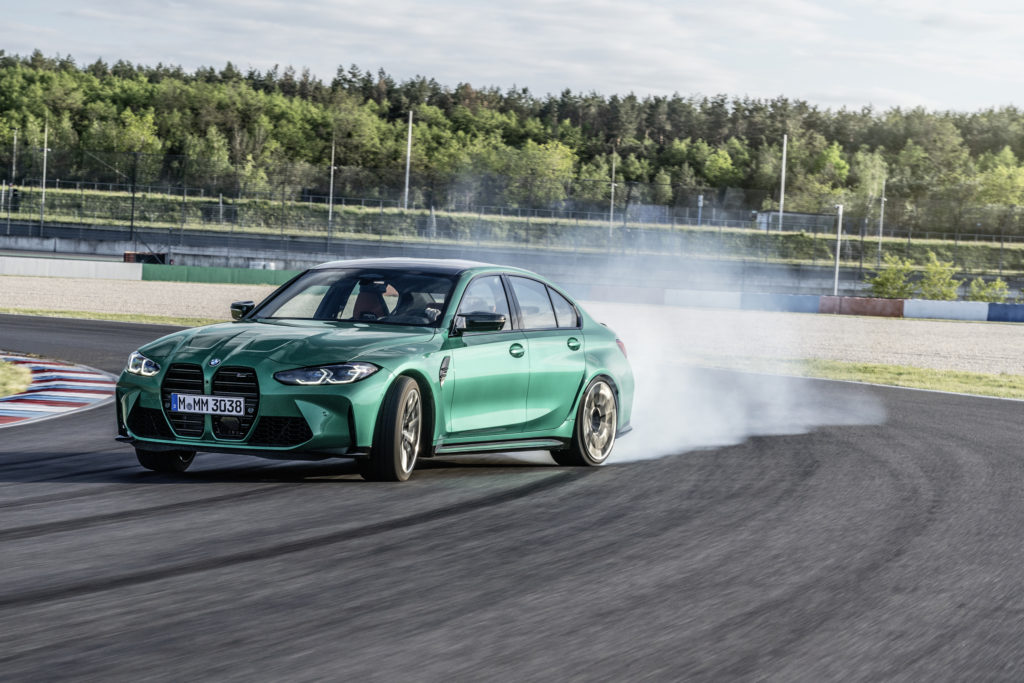
Internally designated G80 and G82 respectively, the M3 and M4 are, of course, based (rather loosely at this point) on the G20 3 Series and G22 4 Series. Both of these cutting edge cars are remarkably efficient and excellent performers depending on your tastes, but it is the job BMW M to elevate what they do, and how they do it, into another realm. This world is one of increased performance and bold styling. The former used to come standard with any M car, but now, eye-catching design that leaves few questions unanswered has become part of the formula, and it didn’t start with the new kidney grille design.
The M3 has been getting bulgier and more defined in precise areas with every new generation, and the days of the E36 M3 sharing nearly every body panel with its non-M stablemates are in the rearview mirror. In terms of the G80 and G82, the muscular look has been elevated further yet. Less angular in certain areas, but with significantly more sheet metal allocated to others, the new M3 and M4 have a presence that is undeniable from every angle, and that includes the divisive front end. It’s been difficult to mistake an M3 for a conventional 3 Series for a while now, and the new generation leaves little room for error.

The demeanor is achieved by way of BMW design elements that are now well-known to brand aficionados. Gaping air intakes, Air Curtains, side gills, splitters, sills, and diffusers. The new M3 and M4 have them all in spades, and they all seem perhaps a bit more deliberate here than in the past; as if BMW was working up to this moment over the long run. We can’t leave the surfacing out either, as one look at the panels of the M3 and M4 suggest that the production of such a vehicle would have likely been cost-prohibitive not long ago. The angles combine to react to and manipulate lighting in a way BMW’s iconic and highly recognizable profiles of the past never quite could. There are new forged light-alloy wheels too, with separate designs for Competition models, but these are perhaps more evolutionary than revolutionary.
The selection of paint colors that originate with BMW M cars grows with every new model, and the M3 and M4 are no exception. It’s hard not to appreciate the selection of skittles paint colors currently offered, and the G80 and G82 continue with a few favorites while adding some new flavors. Alpine White and Black Sapphire Metallic are, of course, available, while Tanzanite Blue II is continued from the F80. The G80 and G82 get BMW Individual Dravit Grey Metallic from the 8 Series, while Portimao Blue comes courtesy of the G20 3 Series. Toronto Red is yet another offering, a rather recent addition to the lineup that was first seen on the X3 and X4 M. New colors include striking Sao Paolo Yellow (above) and Isle of Man Green Metallic (below) in addition to Brooklyn Grey Metallic, and BMW Individual Frozen (matte) versions of Portimao Blue and Brilliant White. Oxide Grey Metallic from the G20 3 Series is available for the first time on an M car, but only the base-model M3.

The cabin of both models takes the design of those upon which they are based and elevates it to another level of specialization with an undeniable tilt towards performance. Liberal use of carbon-fiber is clear, and so are M-branded accouterments, from the seatbelts and seatback pulls, to badges on the center console, steering wheel, and in plenty of other locations both new and unexpected. What’s really demands attention, however, are the optional M carbon bucket seats. Reserved exclusively for 500-horsepower Competition models, the seats are power-adjustable, yet still manage to save 21 pounds over the standard design. The shells are made of carbon-fiber, which means you’ll have nowhere to store your Thomasguide, but the M3 and M4 weren’t designed with such things in mind. For example, the rear seat goes without a center armrest.
Interior upholstery options have kept current with the times as well, placing a greater emphasis on the louder, more vibrant colors buyers seem to be appreciating these days. The lineup includes a number of extended and full Merino leather choices, in multi-color selections like Yas Marina Blue and black, Silverstone and black, Kyalami Orange and black, and of course, full black.
You’re probably not reading this for the finite details such as screen sizes and driver assistance systems—the M3 and M4 can be had with the best and almost all of what BMW offers in these departments—but one area that is to be appreciated is the large heads-up display. If you’ve driven a modern M car on track, you know how useful this feature can be, and the new M3 and M4 feature a design with a 70% larger projection area, which has room for a multi-color tachometer and shift lights, among more.

Depending on the model you select, the M3 and M4 (and their Competition sub-models) weigh in at between 3,830 and 3,890 pounds. The base-model M4 is the lightest of the bunch, by a margin of ten pounds according to BMW. That means both models have gained as much as 300 pounds compared with the outgoing M3 and M4. This is rather surprising given that the G20 3 Series shed weight compared with its predecessor. But will it actually matter in terms of performance?

As you are likely already aware, the M3 and M4 will be available in two different versions. The so-called garden variety models come with 473 horsepower at 6,250 rpm and 406 pound-feet of torque from 2,650 to 6,130. Torque is unchanged from the previous M3 and M4, with a slightly different curve for the S58. The new M3 and M4 Competition up the ante with 503 horsepower available at 6,250 rpm and 479 pound-feet of torque from 2,750 to 5,500. The only engine choice is the S58 M inline-six which launched last year with the X3 and X4 M, and output is unchanged with the exception of the torque rating, which is upgraded from 442 pound-feet in the M SAV and SAC.
BMW says the regular M3 and M4—the ones you can buy with a manual transmission—can sprint have a zero-to-60 time of 4.1 seconds (unchanged from the outgoing M3) while the Competition models, which can only be had with a ZF eight-speed M Streptronic transmission, can do it in 3.8, a marginal decrease. At launch, the cars will be available exclusively in rear-drive form, but M xDrive will join the mix next summer, and will likely elevate the performance capability even further. M xDrive will only be available with the automatic transmission; no surprise there.
Pricing for the M3 starts at $70,895 including destination, while the M4 has a starting MSRP of $72,795. The official market launch is slated for next March, but again, that’s only for rear-drive models, as xDrive will become available during the summer.—Alex Tock
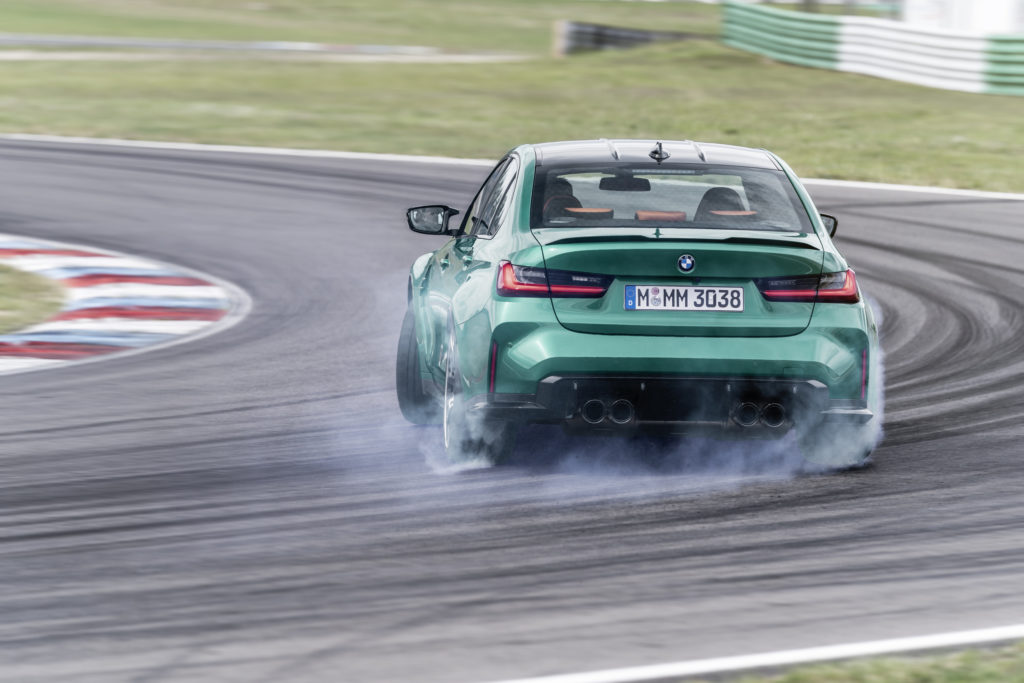
[Photos courtesy BMW AG.]

